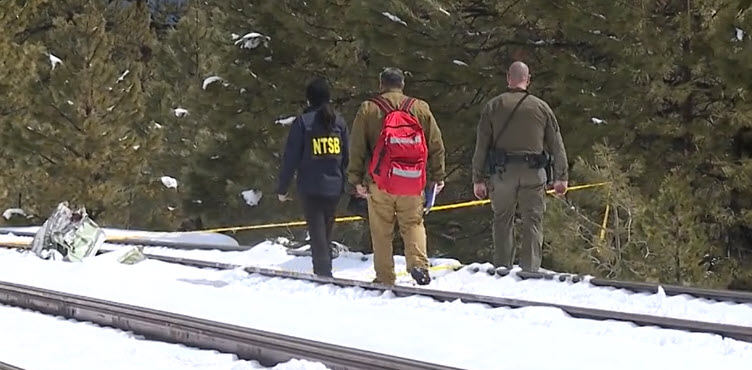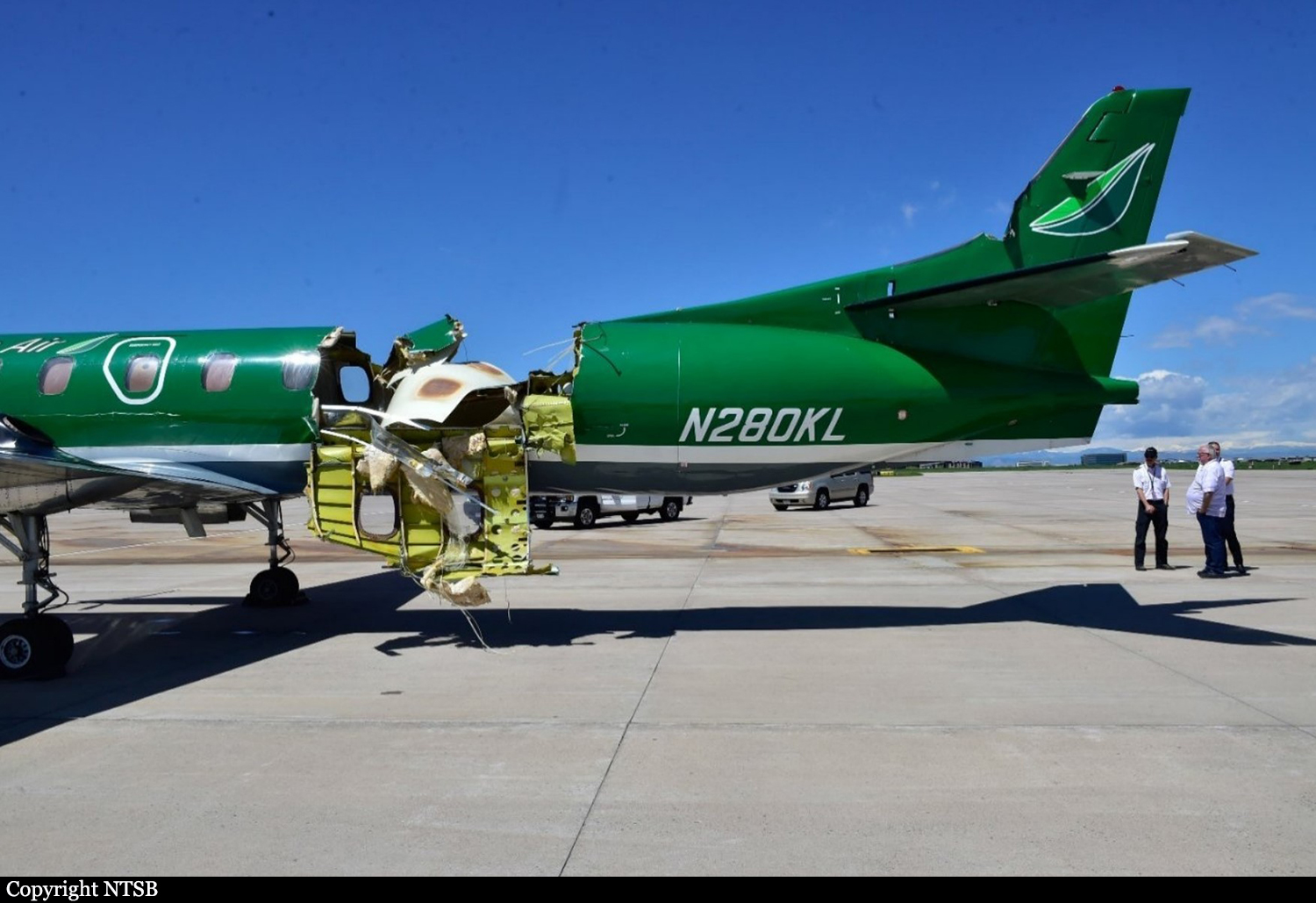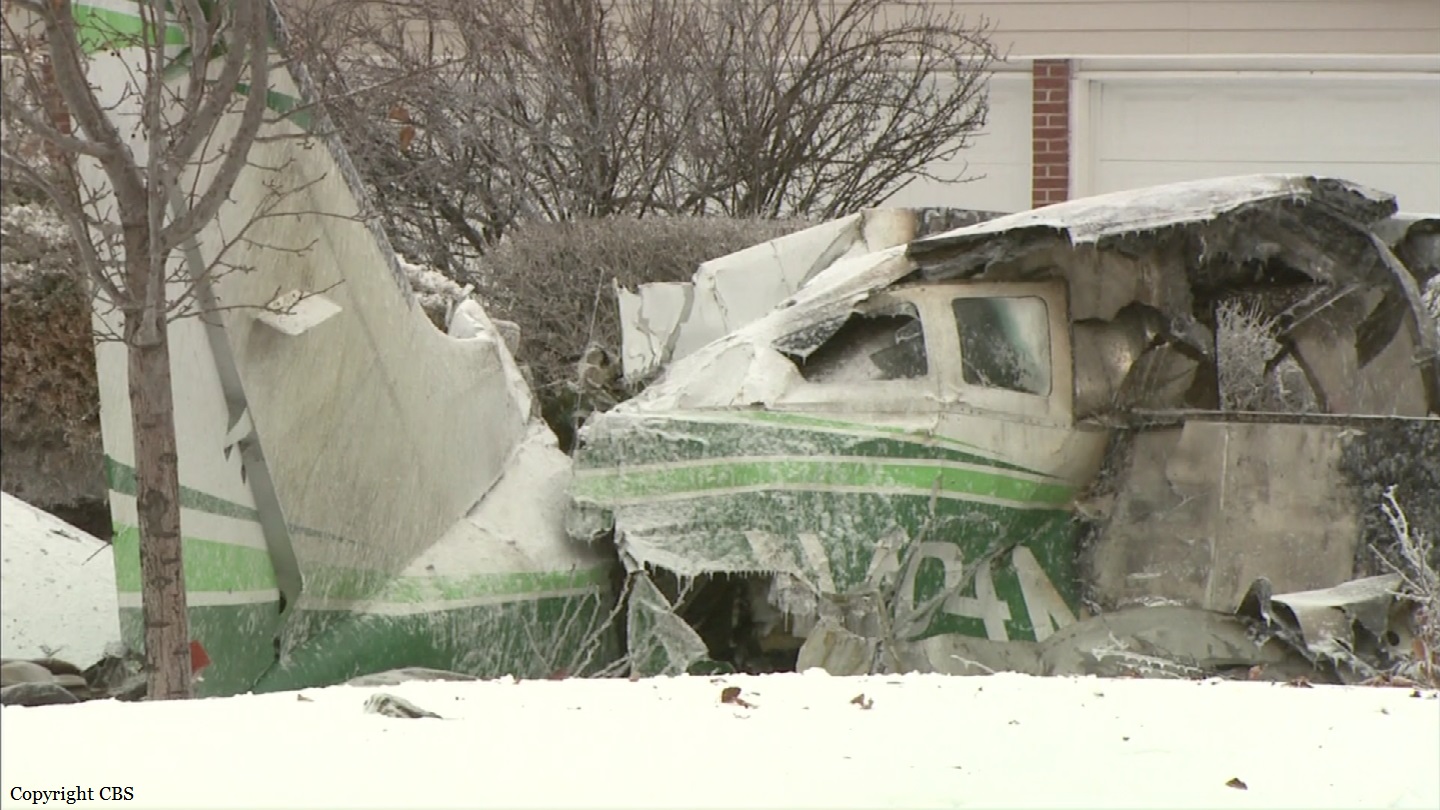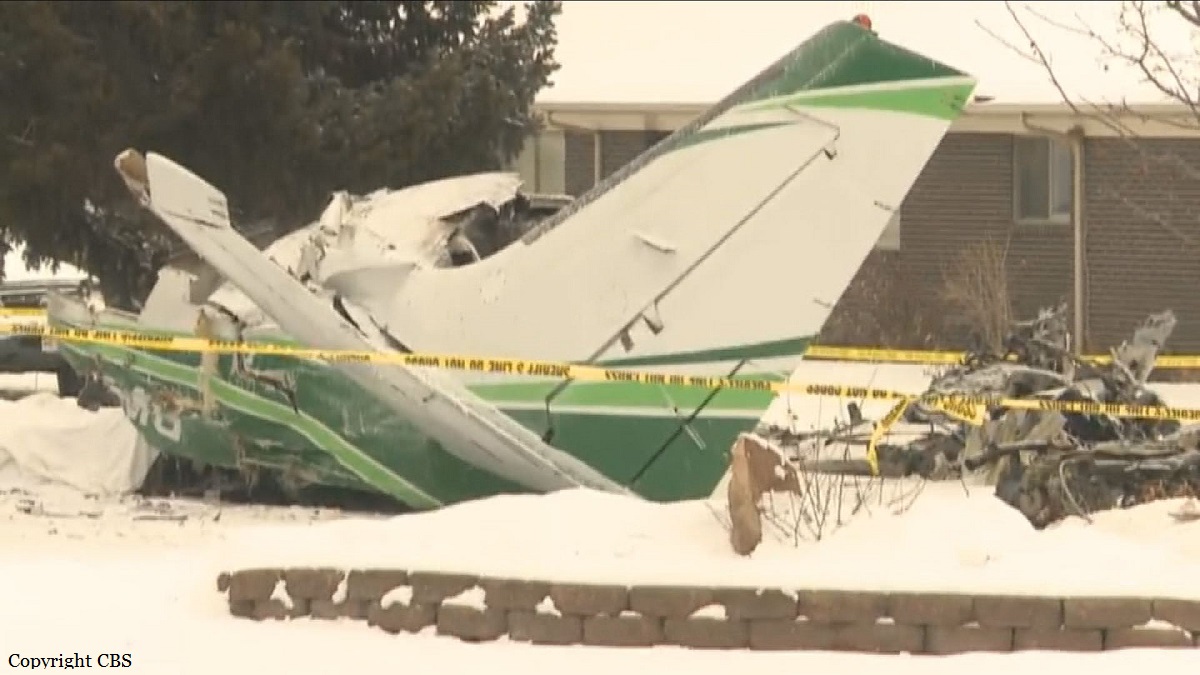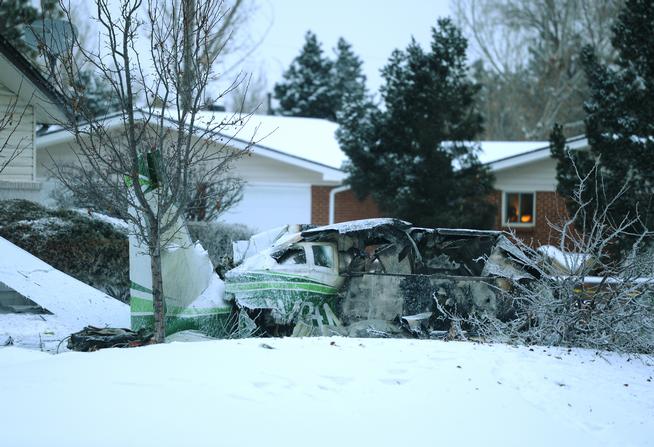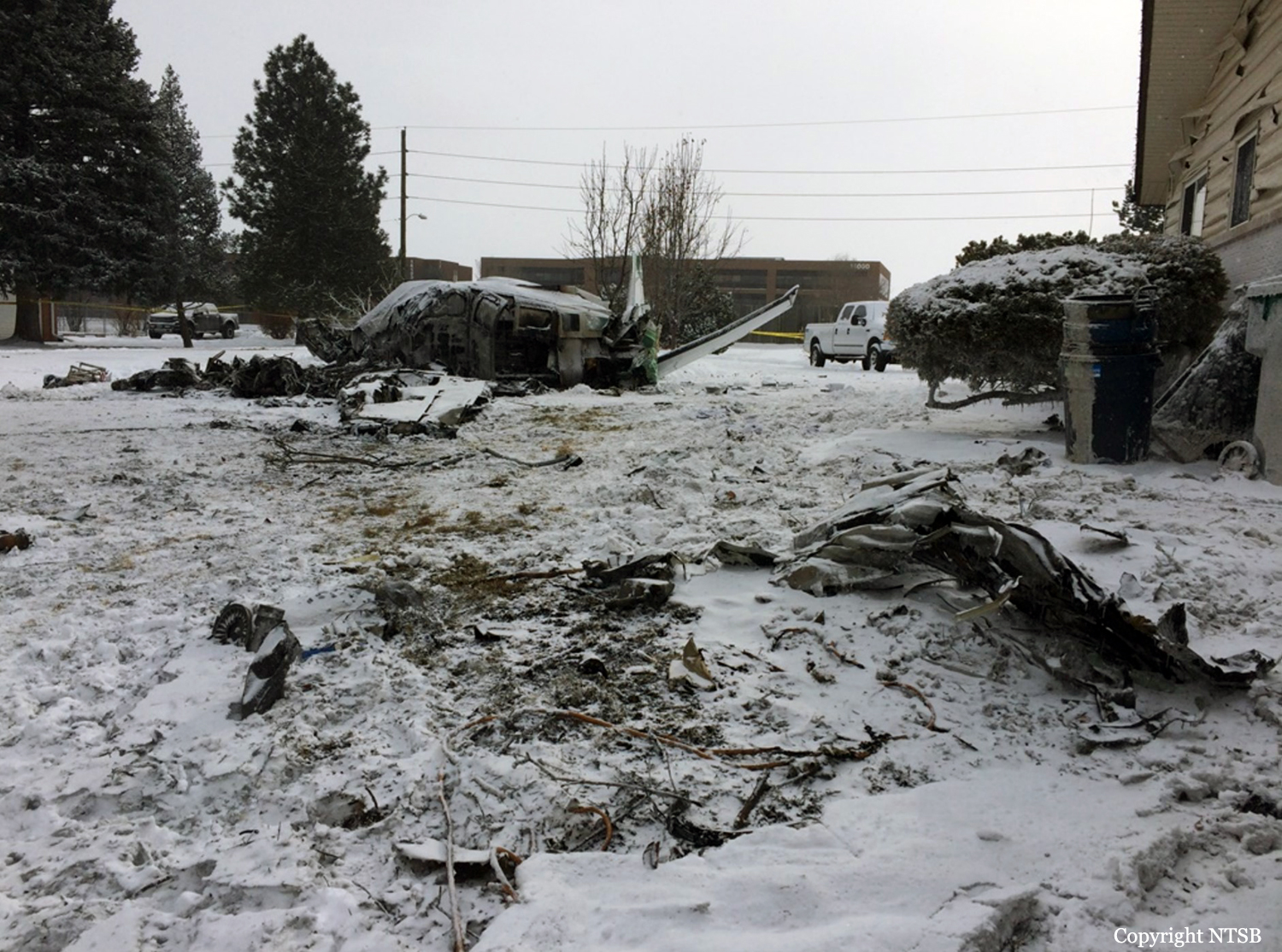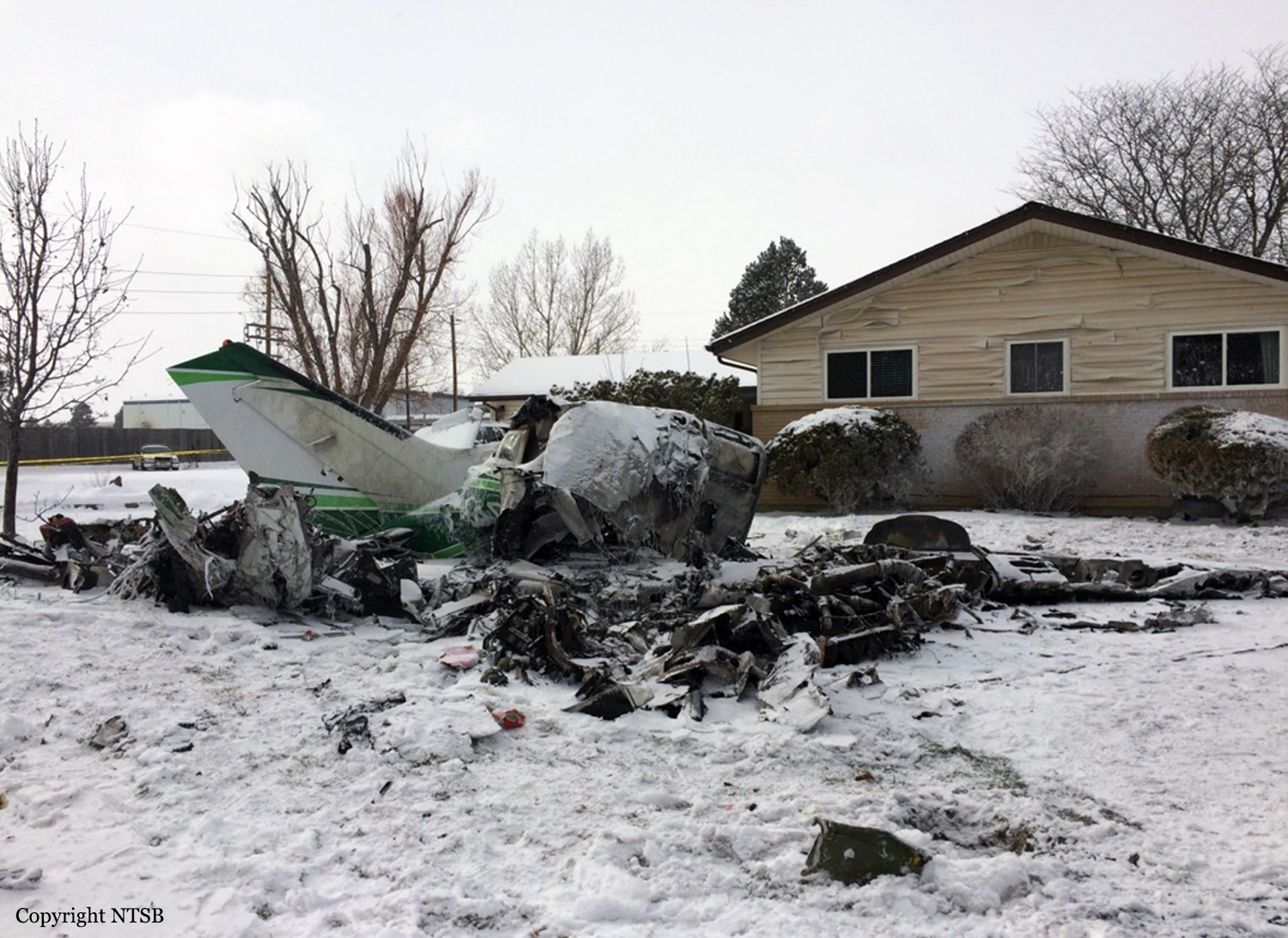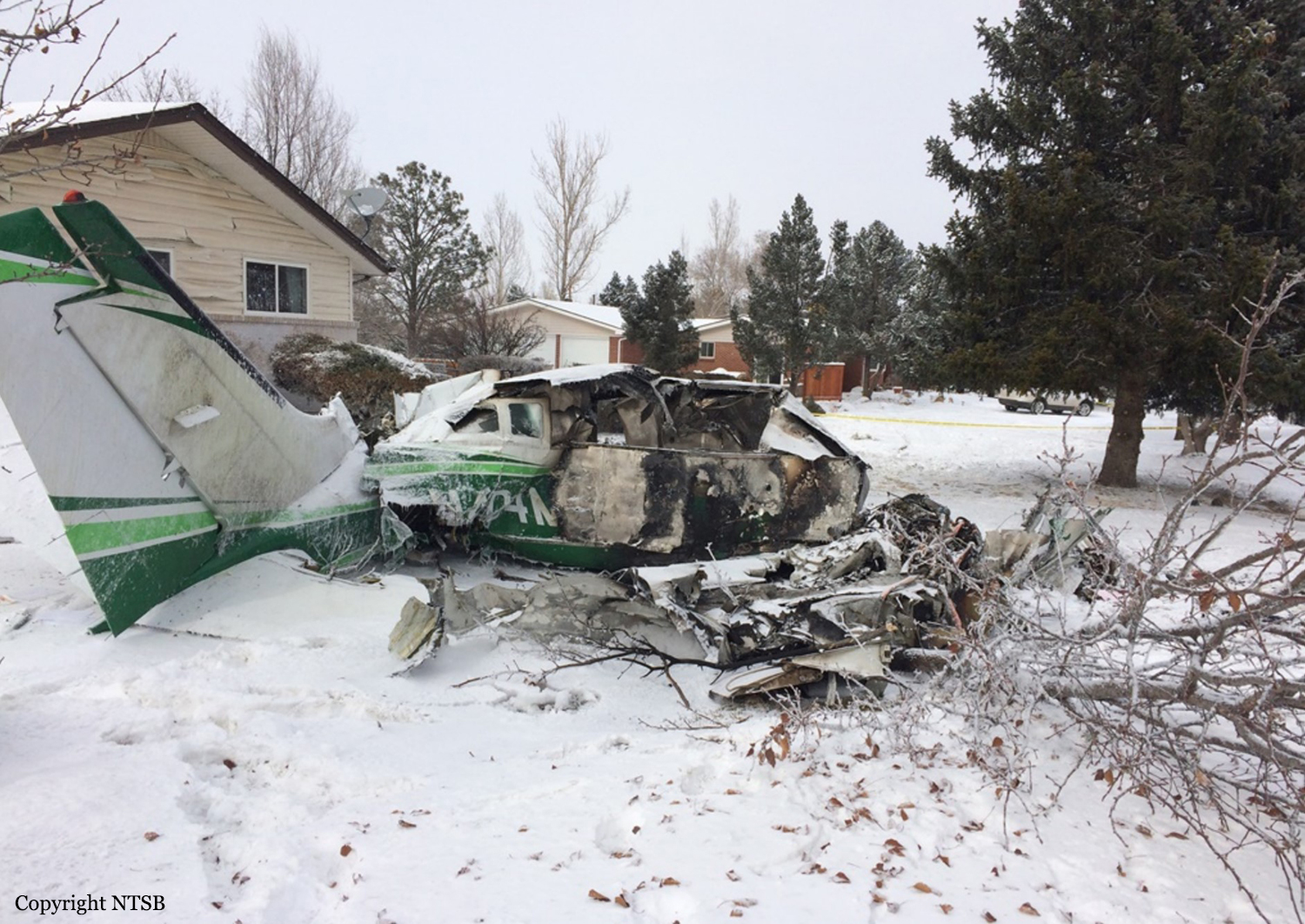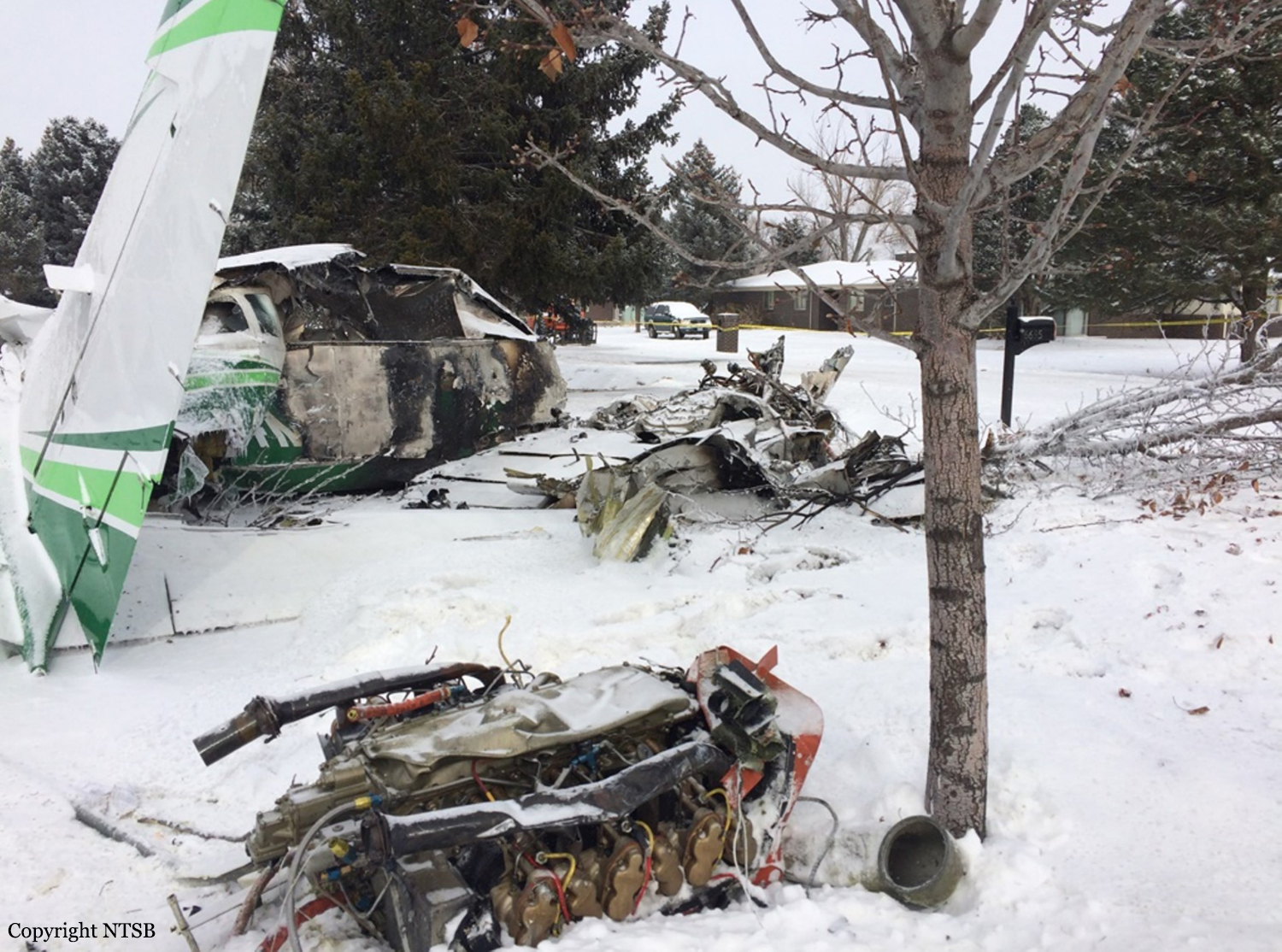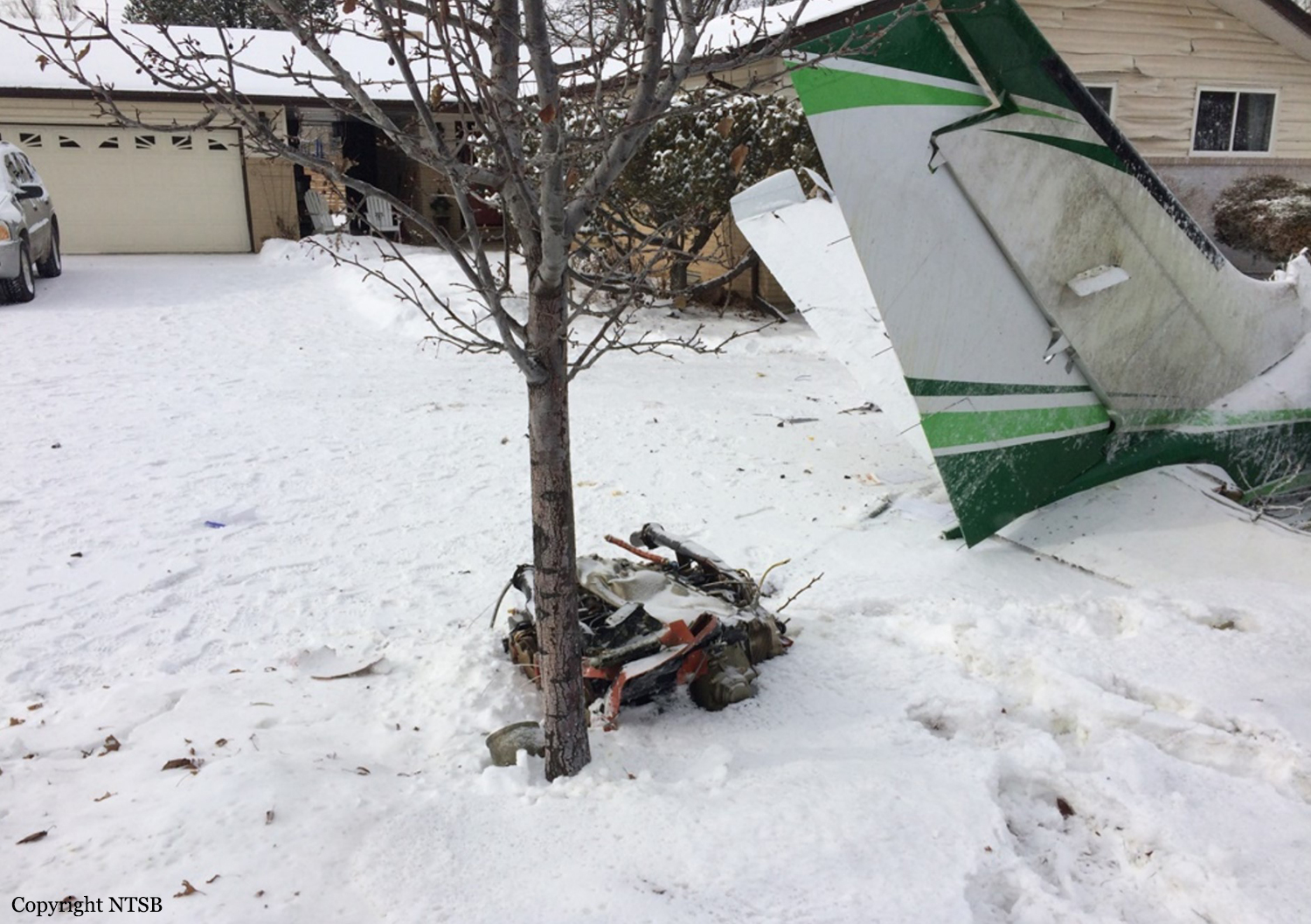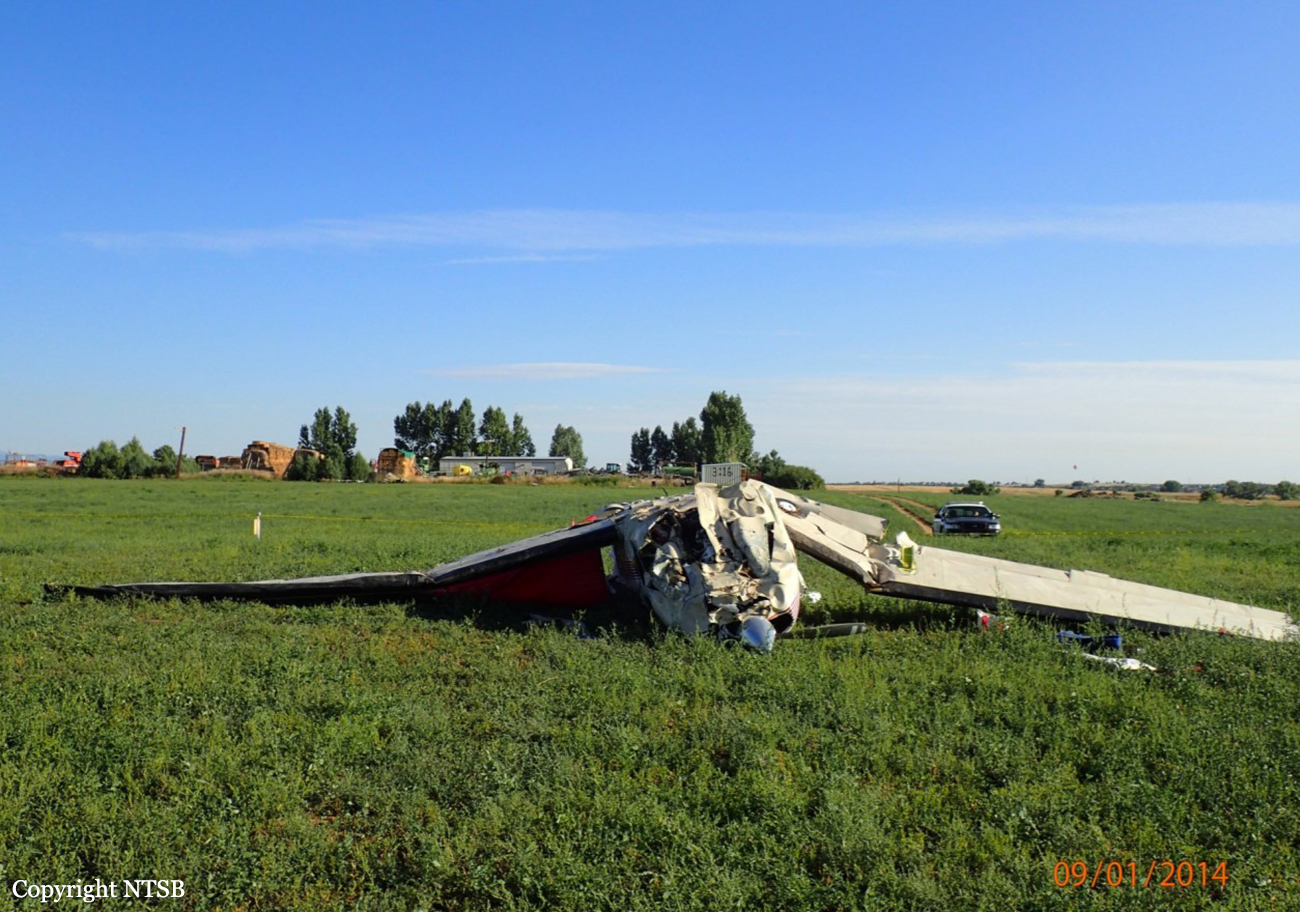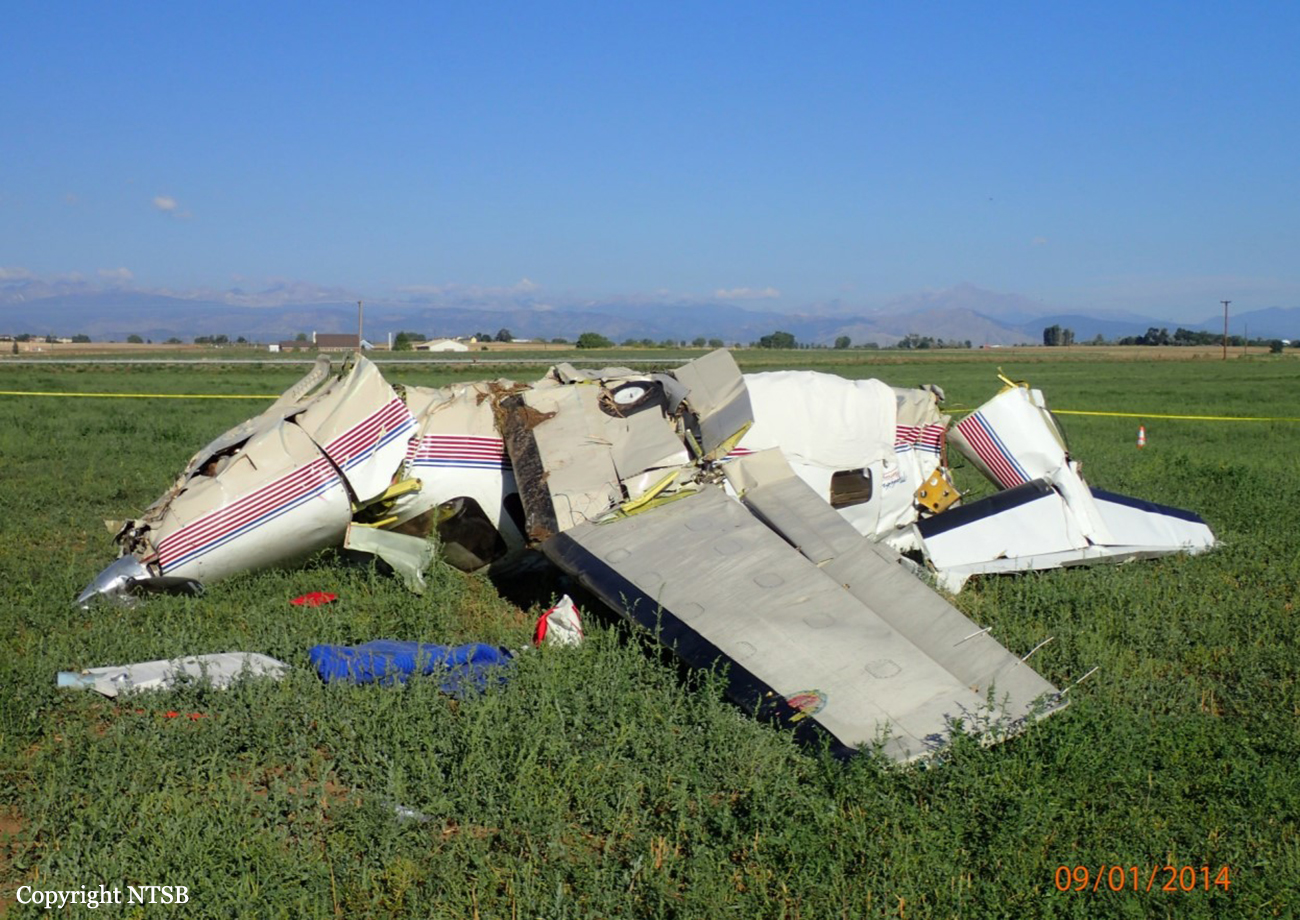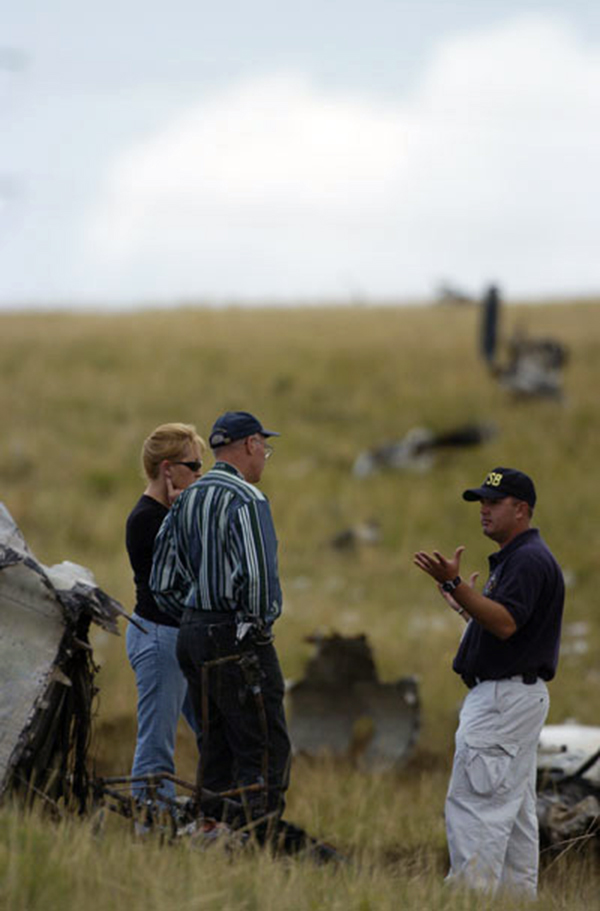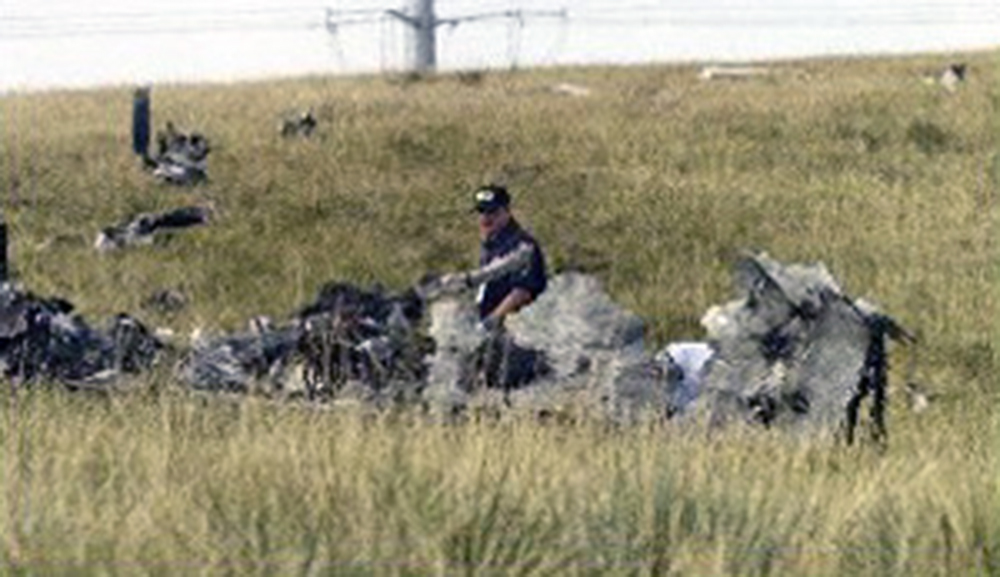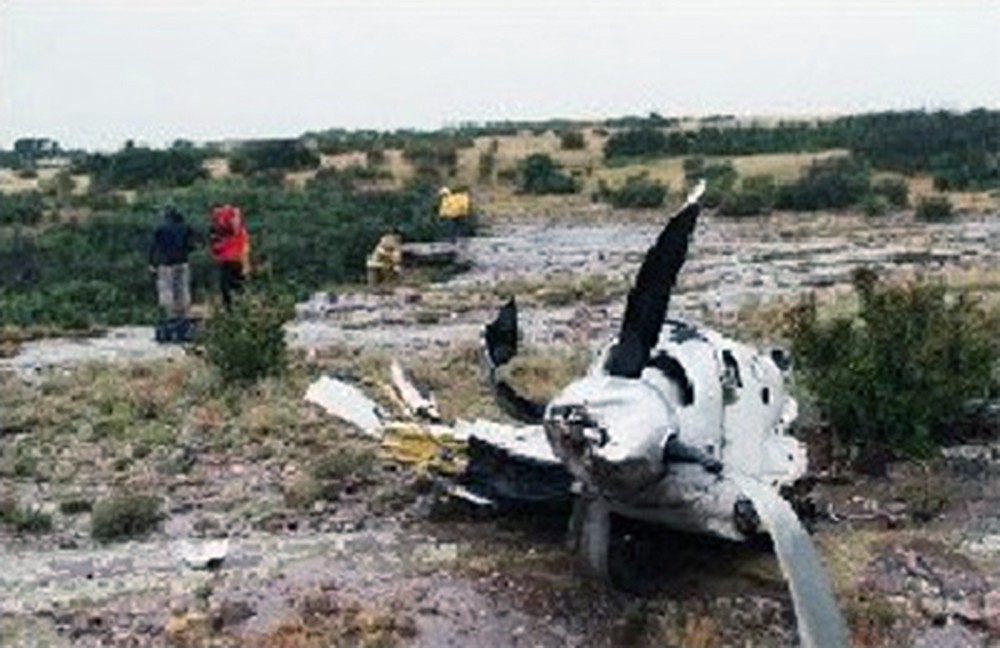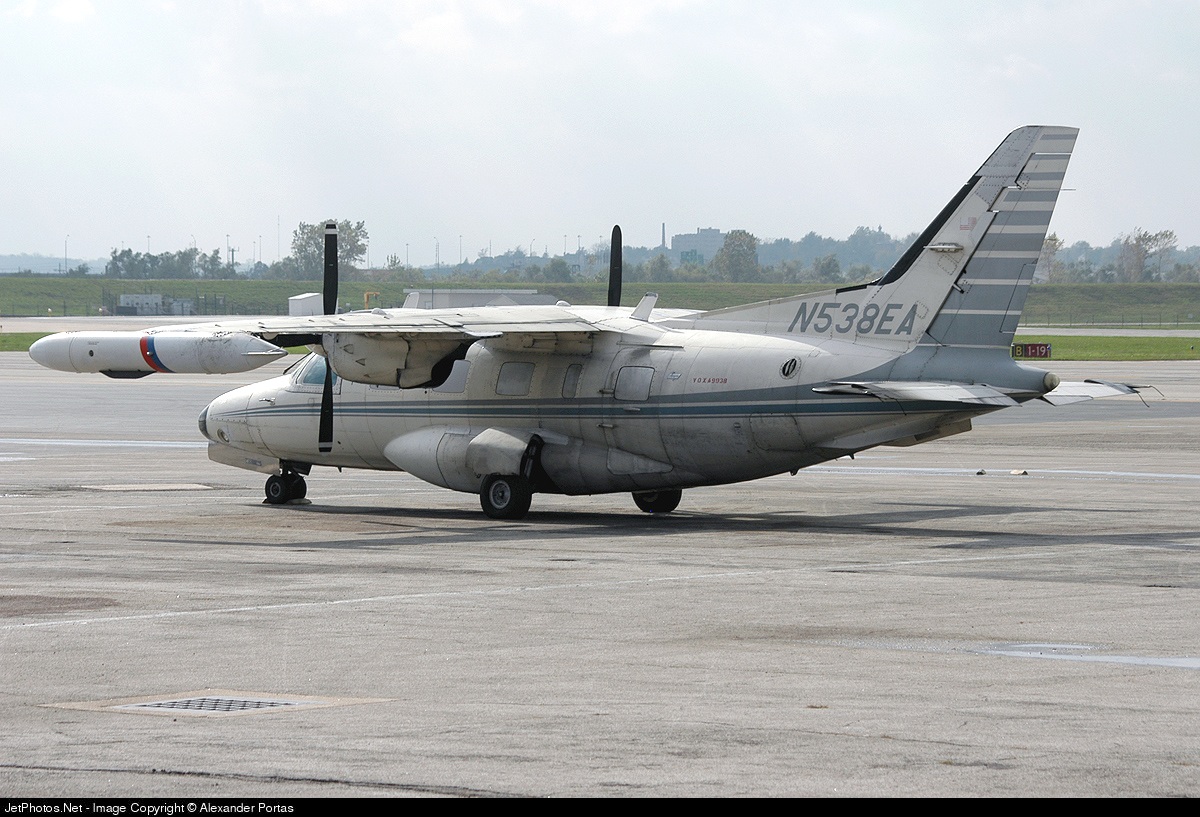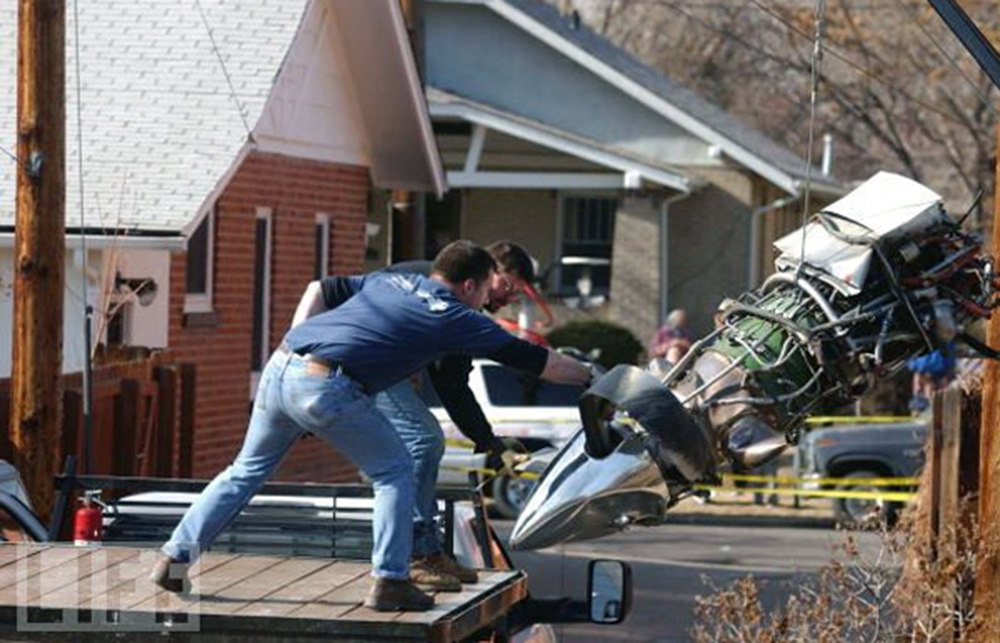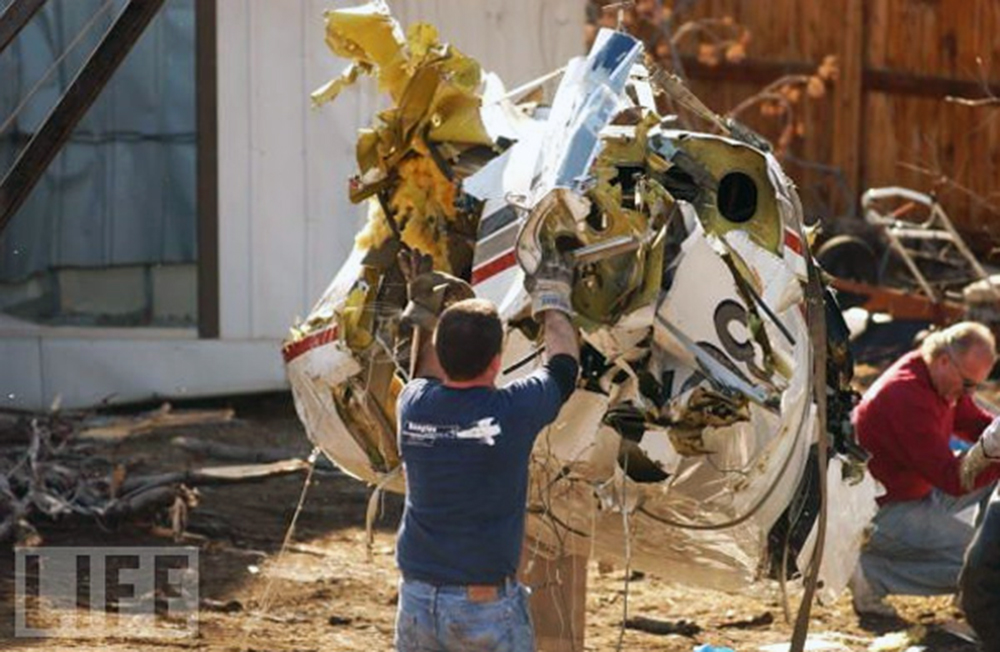Crash of a Socata TBM-960 in Truckee: 2 killed
Date & Time:
Mar 30, 2024 at 1838 LT
Registration:
N960LP
Survivors:
No
Schedule:
Denver - Truckee
MSN:
1441
YOM:
2022
Crew on board:
1
Crew fatalities:
Pax on board:
1
Pax fatalities:
Other fatalities:
Total fatalities:
2
Circumstances:
On final approach to Truckee-Tahoe Airport runway 20 in marginal weather conditions, it is believed that the pilot initiated a go around procedure. While climbing to an altitude of 7,200 feet, control was lost. The airplane entered a dive and crashed in a snow covered forest located near the airport, bursting into flames. Both occupants, Liron and Naomi Petrushka, were killed. At the time of the accident, visibility was limited due to snow showers.
